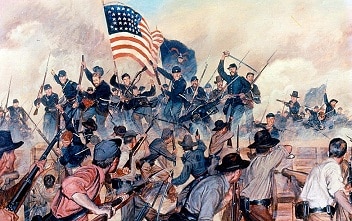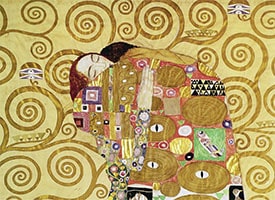 The Latin word secessio , which refers to a "separation" , came into Spanish as secession . This is the name given to the process that leads a people to split from a nation , proclaiming the autonomy of its territory.
The Latin word secessio , which refers to a "separation" , came into Spanish as secession . This is the name given to the process that leads a people to split from a nation , proclaiming the autonomy of its territory.
Secession involves leaving an entity or political union . Generally, those who seek secession allude to insurmountable differences with the rest of the corporation or organization , with which they intend to distance themselves.
It is important to differentiate between secession and independence . Secession is a mechanism that appears when there is a pre-existing State that intends to stop being part of an association with other States . Independence, on the other hand, is carried out when a community wants to establish a new State.
A characteristic example of secession took place in the United States Civil War , known in fact as the Civil War . Starting from a confrontation linked to slavery , the secessionists of the Confederate States (slaveholders) opposed the nationalists of the Union (abolitionists).
In this way, seven states that were in favor of slavery made the decision to declare their secession from the United States to announce the birth of the Confederate States of America , an entity that was not recognized either by the American authorities or by foreign states. . Four other North American states later joined the group .
After four years of fighting and more than 200,000 deaths, the Union prevailed and the Civil War came to an end. Slavery, in this way, was also abolished in those States that sought to maintain it and the territorial integrity of the United States was recovered.
On the other hand we can talk about the Viennese secession , which among other names is also known as Viennese separatism . This is a movement that was founded in 1897 by nineteen artists who were part of the Künstlerhaus school and who had left the Association of Austrian Artists. Depending on your point of view, you can say that the Viennese secession was part of what we today call modernism .
 This secession had the objective of renewing art, and to do so it sought to reinterpret the styles that existed until then. One of the triggers was industrial production and its impact on art and the people. The first to assume the presidency of this movement was Gustav Klimt , a Symbolist painter whose style was characterized by the widespread use of ornaments.
This secession had the objective of renewing art, and to do so it sought to reinterpret the styles that existed until then. One of the triggers was industrial production and its impact on art and the people. The first to assume the presidency of this movement was Gustav Klimt , a Symbolist painter whose style was characterized by the widespread use of ornaments.
Regarding the historical context of the Viennese secession, we must point out that the country was in the midst of many crises whose scope covered both the political, religious, economic and social sectors. In addition to Klimt, other most prominent representatives of this movement were Ferndinand Andri, Joseph Maria Olbrich and Koloman Moser .
Although we can include the Viennese secession in modernism, as mentioned in a previous paragraph, it is necessary to say that it has notable differences with Art Nouveau and others similar: although they all pursue elegance, in the secession formal sobriety is more important. and sometimes a severe tone; It is also possible to demonstrate expressionism and, given its disruptive nature, avant-gardeism.
Its evolution was very fast, from illustrative allegory to floral style and separatism. Among its most common resources were the cleanliness and clarity of its signs, the simplicity of its flat figures with geometric figures over less defined ones, and the modular design to give organic results, generally fusing the image with the text. Posters belong to the field of culture and not commerce. Order, structure and balance are some of its fundamental pillars.
